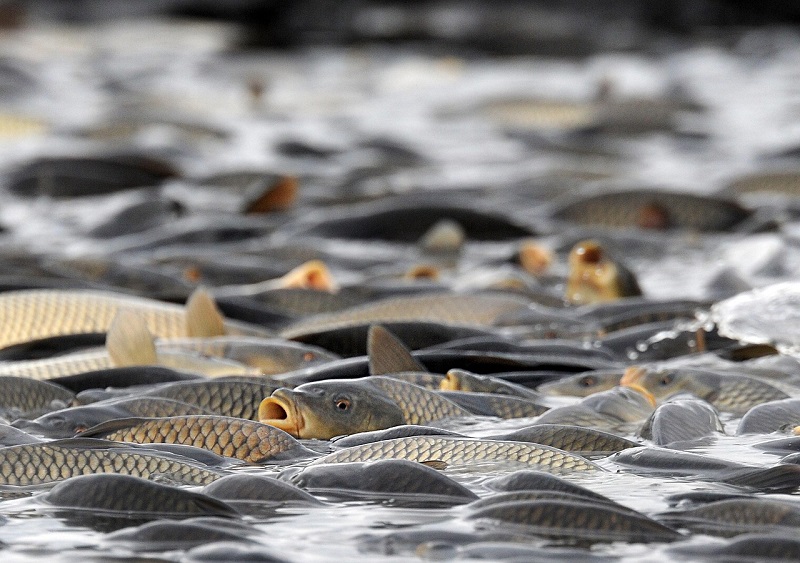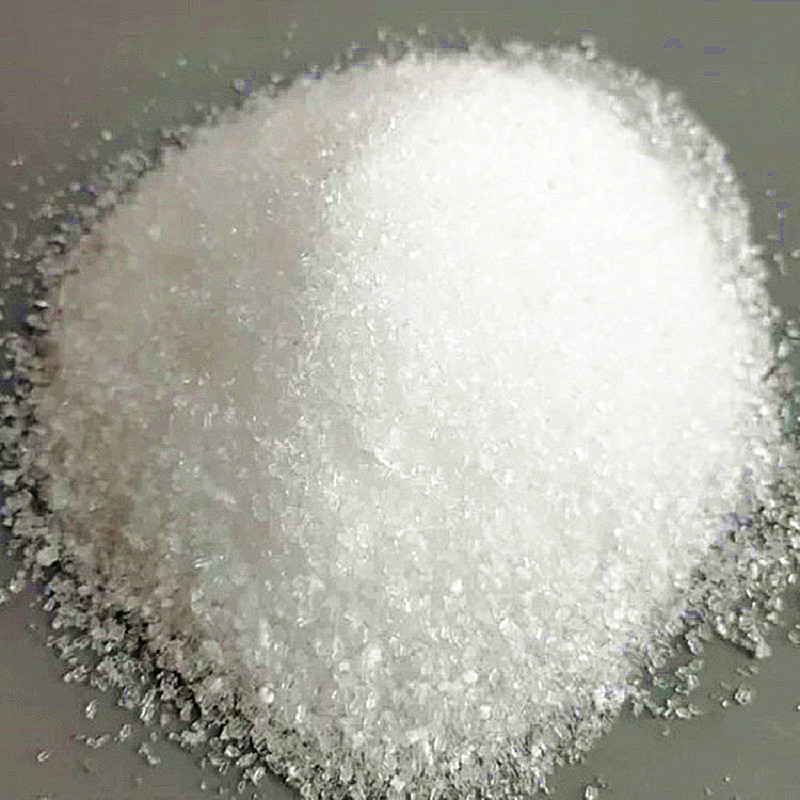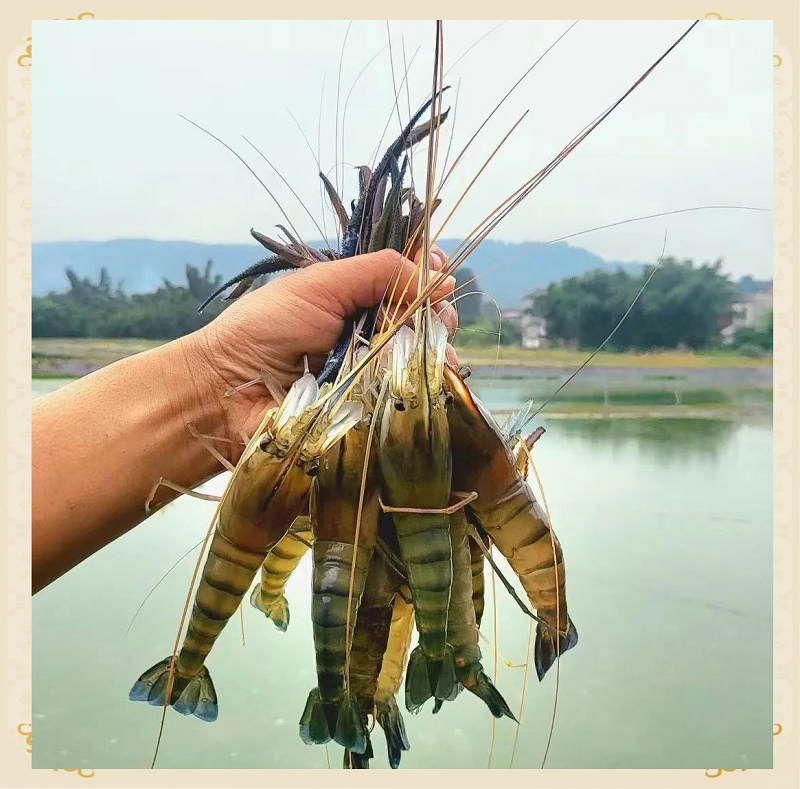Potassium diformate serves as a green feed additive in aquaculture, significantly enhancing farming efficiency through multiple mechanisms such as antibacterial action, intestinal protection, growth promotion, and water quality improvement.
It demonstrates particularly notable effects in species like shrimp and sea cucumbers, effectively replacing antibiotics to reduce diseases and improve survival rates.
Mainly mechanism of action:
Potassium dicarboxylate (chemical formula HCOOH · HCOOK) is an organic acid salt, and its application in aquaculture is based on the following scientific mechanisms:
Efficient antibacterial: Upon entering the digestive tract, formic acid is released, penetrating the cell membrane of pathogenic bacteria such as Vibrio parahaemolyticus and Escherichia coli, disrupting enzyme activity and metabolic function, leading to bacterial death.

Intestinal health maintenance: Reduce intestinal pH value (to 4.0-5.5), inhibit the proliferation of harmful bacteria, promote the growth of beneficial bacteria such as lactic acid bacteria, enhance intestinal mucosal barrier function, and reduce enteritis and "intestinal leakage".
Promoting nutrient absorption: Acidic environment activates digestive enzymes such as pepsin, improving the efficiency of protein and mineral (such as calcium and phosphorus) decomposition and absorption, while potassium ions can enhance stress resistance.
Water quality regulation: Decompose residual feed feces, reduce ammonia nitrogen and nitrite content in water, stabilize pH value, and improve aquaculture environment.
Actual application effect:
Based on practical data of shrimp, sea cucumber and other varieties, potassium formate can bring the following significant benefits:
Shrimp weight gain rate increased by 12% -18%, and the breeding cycle shortened by 7-10 days;
The specific growth rate of sea cucumber has significantly increased.
Disease prevention and control: reduce the incidence rate of vibrio disease and white spot syndrome, increase the survival rate of shrimp by 8% -15%, and reduce the mortality of sea cucumber infected with Vibrio brilliant.
Feed efficiency optimization: Improve feed conversion rate, reduce waste, reduce shrimp feed to meat ratio by 3% -8%, and increase chicken feed utilization rate by 4% -6%.
Product quality improvement: The plumpness of shrimp muscles increases, the deformity rate decreases, and the accumulation of flavor compounds is better.
Usage and dosage:
To ensure maximum effectiveness, it is necessary to scientifically apply:
Add quantity control:
Conventional stage: 0.4% -0.6% of the total amount of feed.
High incidence period of diseases: can increase to 0.6% -0.9%, lasting for 3-5 days.
Mixing and Storage:
Adopting the "step-by-step dilution method" to ensure uniform mixing and avoid excessive local concentration.
Store in a cool and dry place (humidity ≤ 60%), avoid contact with alkaline substances.
Continuous use:
Add throughout to maintain gut microbiota balance, gradually restore dosage after interruption.
Post time: Oct-09-2025







